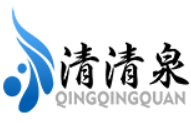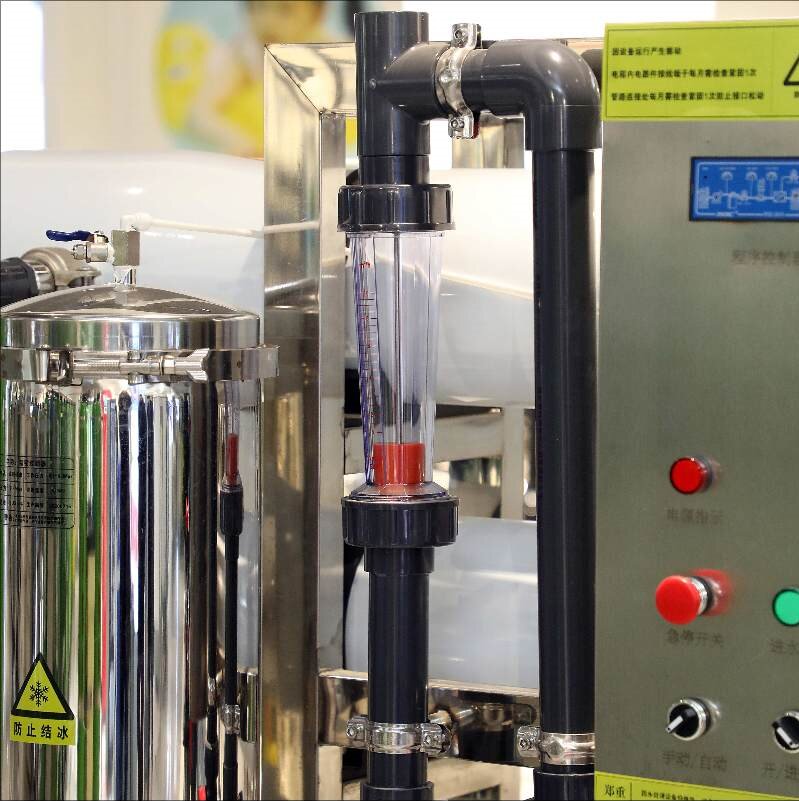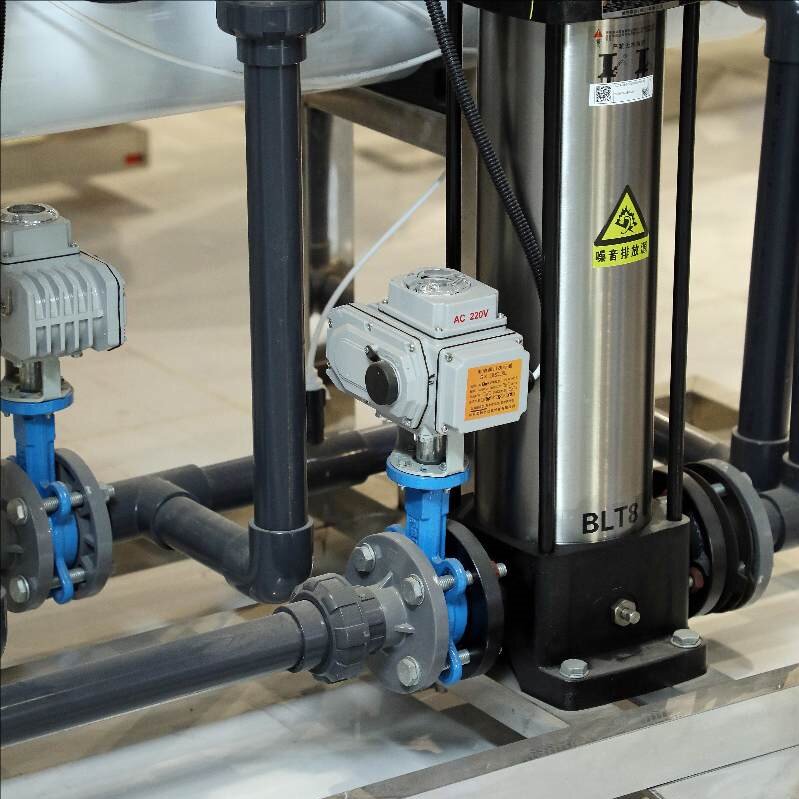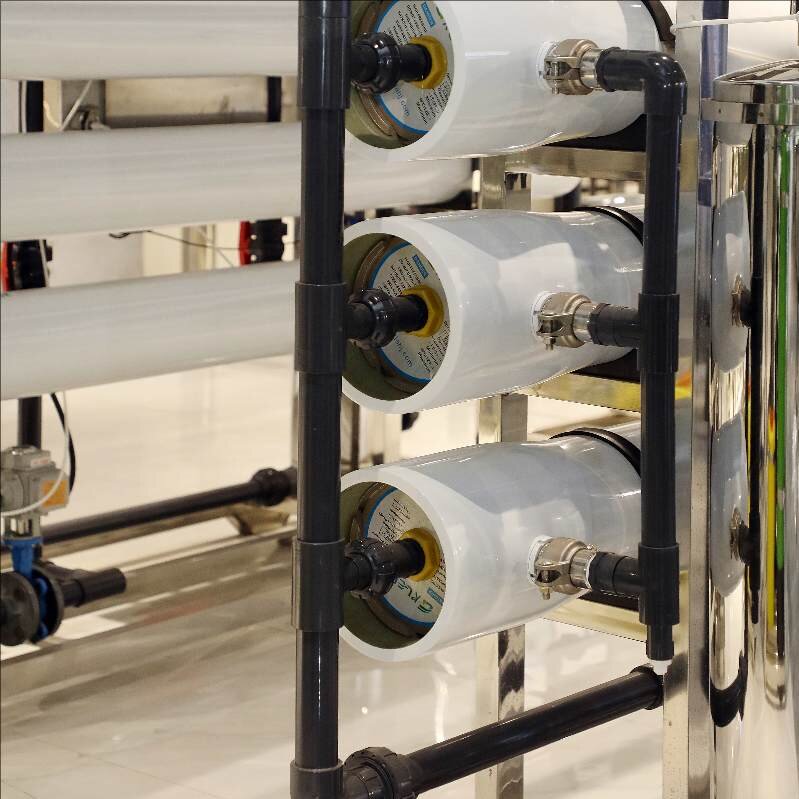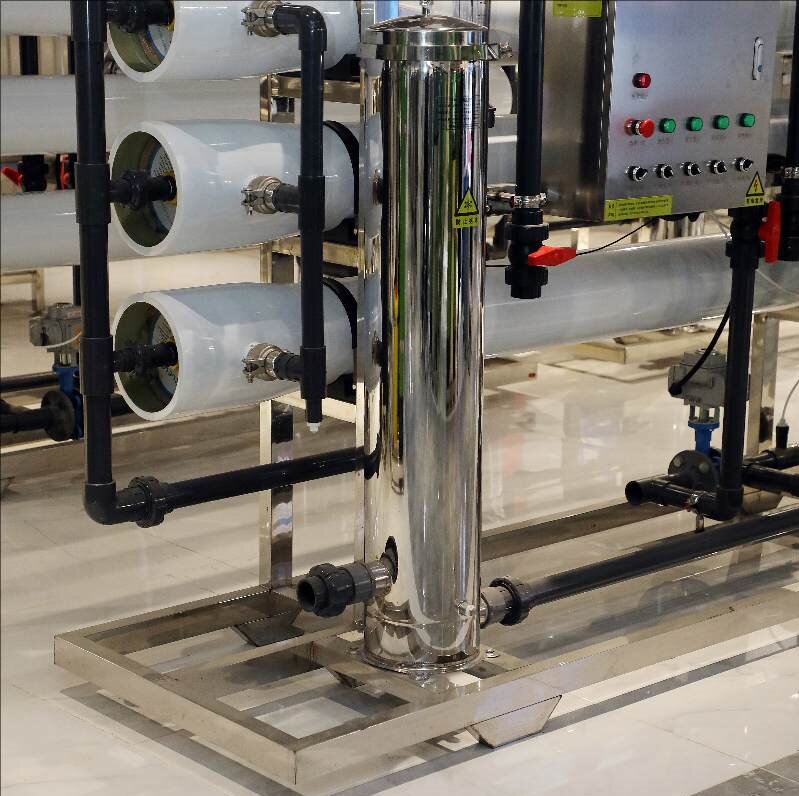
- Qingqingquan
- Shandong
- 20 days
- 300 units per month
Lithium battery electrolyte needs <1ppm metal ions. See why RO (99.5% Li⁺ rejection) beats distillation in cost & efficiency. Download water treatment guide.
Ultra-Pure Water for Lithium Battery Electrolyte Production – RO vs. Distillation
1. Introduction: Why Battery-Grade Water Matters
• Lithium battery electrolyte requires "zero impurity" water (Na⁺, Ca²⁺, Li⁺ < 1ppm).
• Even trace metal ions degrade battery performance & lifespan.
• Growing demand from EV & energy storage industries.

2. Key Challenges in Electrolyte Water Purification
• Strict ppm limits: Na⁺ (<0.1ppm), Ca²⁺ (<0.05ppm), Li⁺ (<0.01ppm).
• Traditional distillation is energy-intensive (5-10 kWh/m³).
• RO membranes must achieve >99.5% Li⁺ rejection to avoid contamination.
3. RO vs. Distillation: Cost & Efficiency Comparison
| Method | Energy Use (kWh/m³) | Li⁺ Rejection | Production Speed |
|---|---|---|---|
| Distillation | 5-10 | >99.9% | Slow (batch process) |
| RO + Polishing | 1-3 | >99.5% | Continuous flow |
• RO wins for scalability & lower OPEX in battery factories.

4. Case Study: RO System for a Chinese Battery Electrolyte Supplier
• Problem: Needed <0.01ppm Li⁺, but distillation was too slow.
• Solution: 2-Stage RO + EDI polishing → 0.005ppm Li⁺.
• Result: 60% lower energy costs, 24/7 production.

5. Future Trends: EV Boom Drives Ultra-Pure Water Demand
• 2025 forecast: Global lithium battery market > $100B.
• Key need: Low-cost, high-stability RO systems for electrolyte makers.
6. How to Choose the Right Water Treatment System?
• Must test: Li⁺ rejection rate (>99.5%), TOC removal.
• Automation: Real-time TDS & ion monitoring for consistency.
• RO + EDI = Best cost-performance for battery-grade water.






















